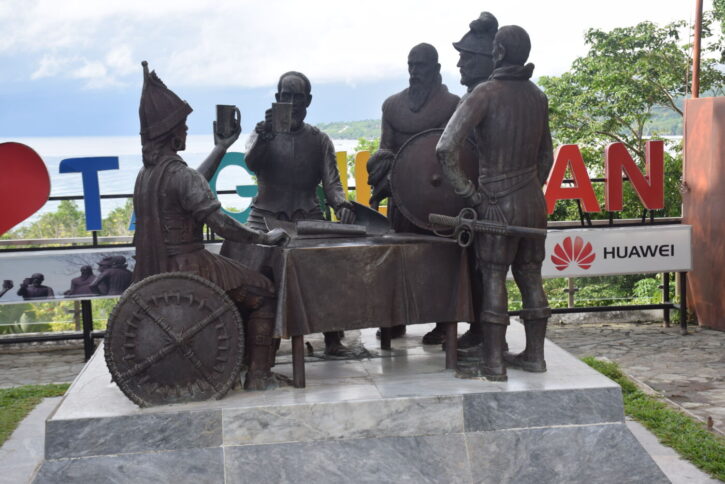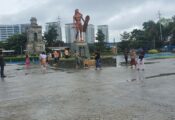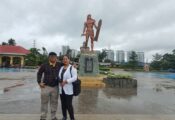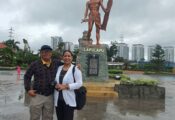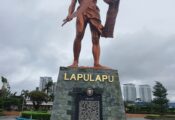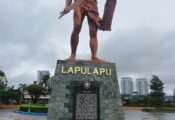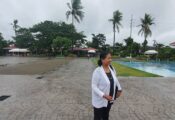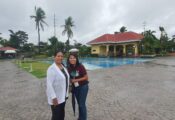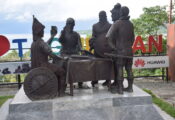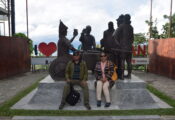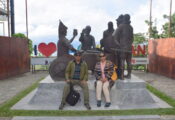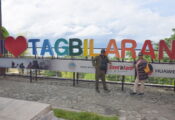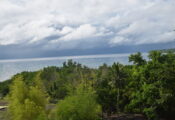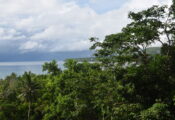CEBU – PHILIPPINES. On April 27, 1565, Miguel López de Legazpi and the friar Andrés de Urdaneta arrived on Cebu and founded the first Spanish settlement and Catholic mission in the Philippine archipelago. For six years, until Legazpi’s removal to Manila, Cebu was the Spanish colonial capital, according to history, the word “Sibu” means “trade”. During the reign of Rajah Humabon, the island has since become an important trading center where various products are being bartered like agricultural products, precious stones, perfumes, etc. Its harbors has become known vernacularly as “SinibuayngHingpit” which means “the place for trading” which later was shortened to sibu or sibo (“to trade”) from which the modern name “Cebu” came from. It is known to be a fishing village before the Spaniards came but became industrialized through the years. It is now one of the most developed provinces in the Philippines, with Cebu City as the center of commerce and industry. Found in the island are rich traces of the Philippine history left by mostly the Spaniards. Among these historical sites are the Magellan’s Cross found in downtown Cebu (a Christian cross planted by the Portuguese and Spanish explorers as ordered by Ferdinand Magellan upon arriving in Cebu on April 1521), the Lapu-LapuShrine , the Colon Street (the oldest and the shortest national road in the Philippines), the Fort San Pedro (the oldest military defence structure built by the Spanish and indigenous Cebuano labourers under the command of Miguel Lopez de Legazpi), etc.
Lapu-Lapu Monument – CEBU- Philippines
Lapu-Lapu Monument. The Lapu-Lapu Shrine is a 20-meter bronze statue located in the Mactan Shrine park in Punta Engaño, Mactan Island, Cebu. The statue was erected to honor Rajah Lapu-Lapu, the native chieftain of Mactan Island who defeated Ferdinand Magellan during the historic Battle of Mactan in 1521. The Lapu-Lapu Shrine is inside a plaza commonly known as the Magellan Shrine park that commemorates the events of the Battle of Mactan. Thousands of foreign and local tourists visit the park every year.

